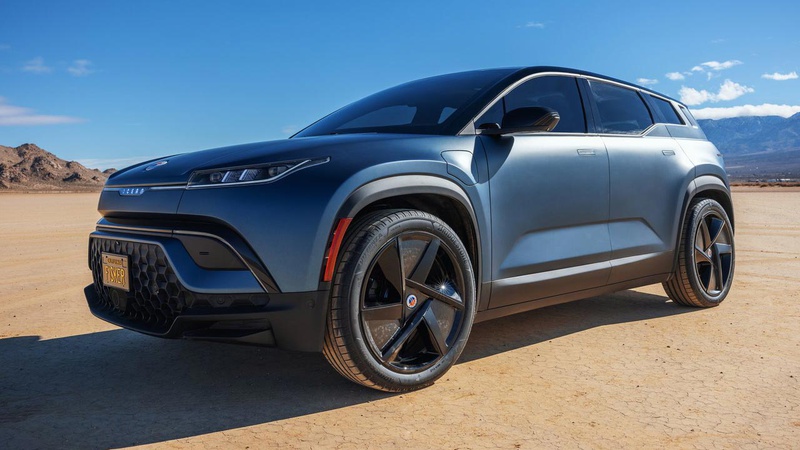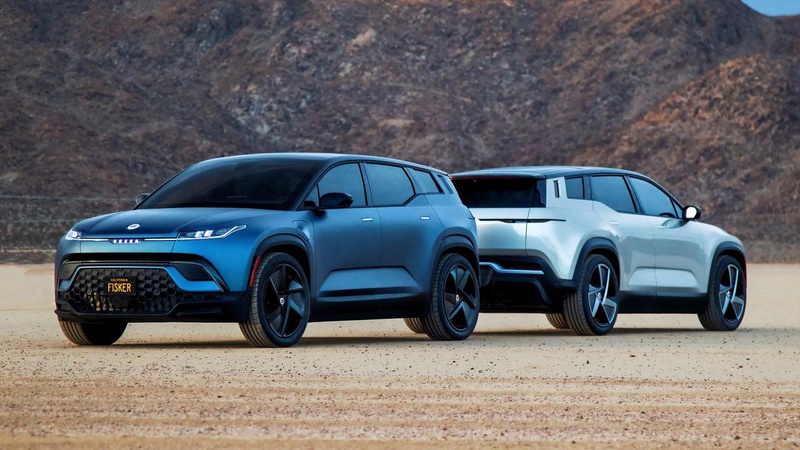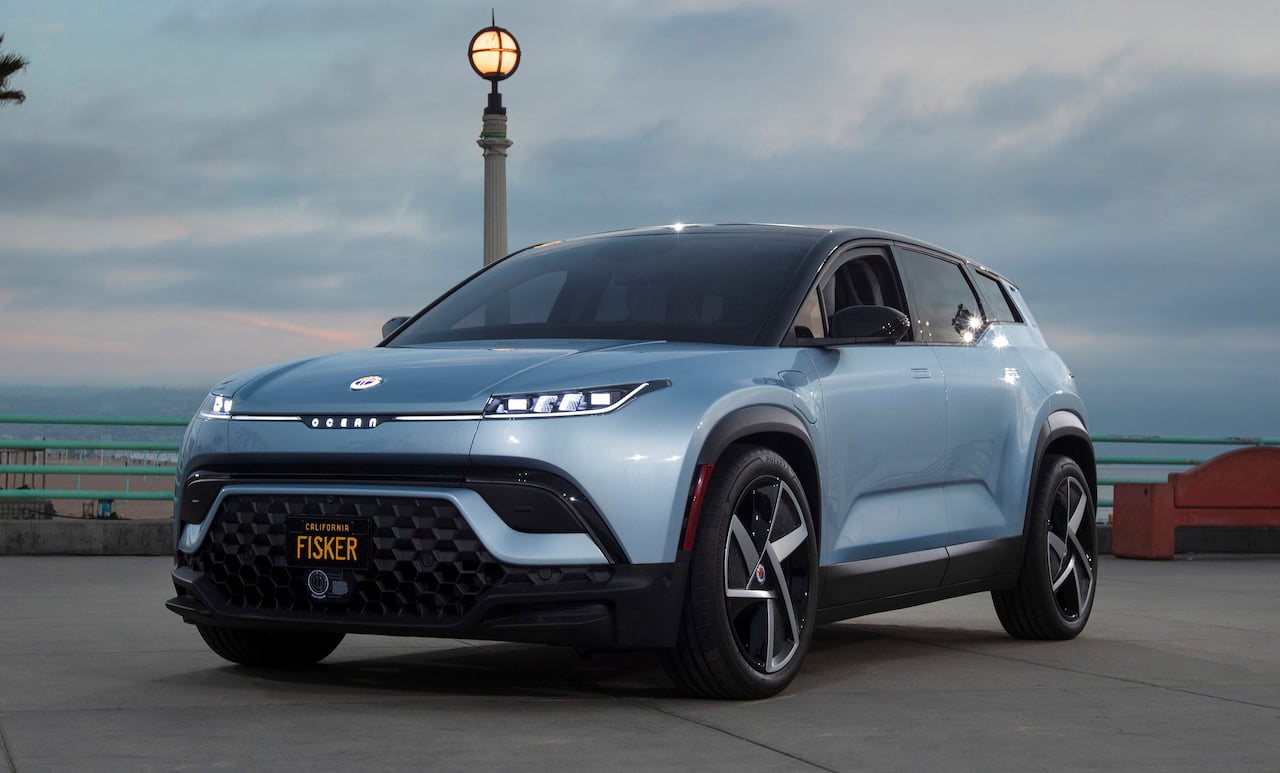This remarkable long-range capability sets the Fisker Ocean ahead of its competitors in the electric-SUV category, such as the Hyundai Ioniq 5, Nissan Ariya, and even the Tesla Model Y.
The impressive range of 360 miles is achieved by the Ocean's top-spec Extreme trim level, equipped with a substantial 113.0-kWh battery pack. Lower-end models or Extreme trims with larger wheel diameters may offer slightly fewer miles per charge.
While EVs typically don't achieve their EPA estimated ranges in everyday driving, having a starting point of 360 miles puts the Ocean at a clear advantage over its competitors.



Fisker Ocean
Fisker faced challenges during the production phase, leading to delays in fulfilling U.S. orders. However, after successfully completing the CARB certification process, deliveries are now ready to commence this month.
The Ocean is being manufactured in Austria by Magna Steyr, the same supplier responsible for high-end models like the Mercedes-Benz G-class and Jaguar I-Pace. European deliveries began in May 2023, with Denmark receiving the first Ocean.
Fisker's future plans include domestic production in the United States, starting with the Pear small SUV, possibly followed by the flagship four-door convertible, Ronin. The Pear is expected to be manufactured in Lordstown, Ohio, by supplier Foxconn.
EPA range
The term "EPA range" refers to the estimated driving range of an electric vehicle (EV) as determined by the United States Environmental Protection Agency (EPA). It is a standardized measurement used to provide an estimate of how far an electric vehicle can travel on a single charge under typical driving conditions.
The EPA conducts tests on electric vehicles to determine their energy efficiency and range. These tests simulate a variety of driving conditions, such as city driving, highway driving, and a combination of both. The EPA uses a standard testing procedure called the Federal Test Procedure (FTP) to evaluate the energy consumption and range of EVs.
The EPA range is usually expressed in miles and represents the distance an EV can travel before its battery is fully depleted. It is important to note that the EPA range is an estimate and may not precisely match real-world driving conditions, as actual range can vary depending on factors such as driving style, terrain, temperature, and the use of accessories like air conditioning.
Source: Car and Driver

